SOCIOECONOMIC PLANNING SECRETARY KARL KENDRICK T. CHUA
FINANCE SECRETARY CARLOS G. DOMINGUEZ
BUDGET AND MANAGEMENT OFFICER-IN-CHARGE
TINA ROSE MARIE L. CANDA
JANUARY 27, 2022
Colleagues in government, friends from the media, fellow Filipinos, good morning.
The door to our economic recovery is now fully open.
The numbers for 2021 show an economy primed to break out. In the second quarter, we saw a reversal from a temporary downturn as the economy expanded by 12 percent. By ramping up our vaccination program and allowing more sectors to open, we sustained our recovery and still grew by 6.9 percent in the third quarter amid the surge from the Delta variant.
In the last quarter, we further recalibrated our strategies by shifting to the alert level system with granular lockdowns. Our efforts to safely reopen the economy allowed more Filipinos to work and earn their income. In November 2021, the unemployment rate declined to 6.5 percent, the lowest since the start of the pandemic. This led to a net employment creation of 2.9 million above pre-pandemic levels.
Our strategies in 2021 have culminated in a full-year growth that exceeded targets and expectations.
Performance of the economy
The Philippine economy grew by 7.7 percent year-on-year in the fourth quarter of 2021. On a seasonally adjusted quarter-on-quarter basis, the economy also expanded by 3.1 percent. This growth performance was much faster than most analyst forecasts, making the country’s expansion among the highest in the region. This sends a strong signal that we are on track to rapid recovery despite the impact of typhoon Odette.
The robust fourth quarter expansion brings full-year 2021 GDP growth to 5.6 percent. This exceeds the Development Budget Coordination Committee’s target of 5.0 to 5.5 percent.
This sustained growth was driven by the successful management of risks such as targeting the areas with highest risk and allowing the rest of the economy to open. Our policies to move from a pandemic to a more endemic paradigm have led to broad-based expansions across almost all sectors, despite challenges brought about by the continued persistence of COVID-19, various levels of quarantines, and prevalence of natural disasters.
For the full-year 2021, the industry and services sectors grew by 8.2 percent and 5.3 percent, respectively, representing a strong rebound from the contractions experienced by these sectors in 2020. The agriculture sector, however, experienced a slight decline of 0.3 percent. This was brought about by the challenges the sector continued to face, such as the African Swine Fever and super typhoons, which affected agricultural production.
On the expenditure side, private consumption grew by 4.2 percent, a stark reversal from 2020's -7.9 percent. This indicates returning consumer confidence as a result of relaxed quarantine restrictions and the accelerated vaccination program.
Government expenditure also expanded by 7 percent. Meanwhile, external trade recovered at a faster pace in 2021. Exports grew by 7.8 percent, compared to -16.3 percent in 2020. The same trend can be seen in imports with a sustained growth of 12.9 percent in 2021, compared to -21.6 percent in 2020.
Moreover, investments recorded a robust growth of 19 percent rebounding from -34.4 percent in 2020. This was supported by a 37.4 percent growth in public construction as the government proceeded full-steam ahead with the implementation of the Build, Build, Build infrastructure program.
Prospects and recommendations
The strong 2021 performance shows us that we are on the correct path to a resilient recovery. The stage is now set for growth to accelerate in 2022.
Although COVID-19 risks increased at the beginning of the year due to the highly transmissible Omicron variant, we were able to limit severe cases and deaths relative to the total number of cases, because of our accelerated vaccination program and improvements in the healthcare system.
With the shortened interval for booster shots and the expansion of the vaccination program to children aged 5 to 11 years old starting this February, more Filipinos can avail of these life-saving doses. When approvals are available, the government also aims to expand vaccination to those aged zero to four years old. All of these will enable the safe and full reopening of the economy, allowing more Filipinos to work and earn a living, and restarting all face-to-face learning.
We are optimistic that we will not only recover to the pre-pandemic level in 2022, but achieve the upper-middle income country status. We have put in place several game-changing reforms throughout the Duterte administration, and we will not slow down in these final months. We will continue to pursue structural reforms that will make the country more resilient against future crises and solidify our growth prospects.
We thank Congress for passing the Amendments to the Retail Trade Liberalization Act and the Foreign Investments Act. To complete the economic liberalization reforms, we reiterate the urgent need to finalize the bicameral conference approval and passage of the Amendments to the Public Service Act before Congress adjourns this February. This landmark legislation will open up key sectors, including telecommunications and transportation, to foreign investments subject to the necessary safeguards. By doing this, it will create more meaningful employment opportunities, enhance innovation, lower prices, and improve the quality of goods and services for all Filipinos.
Moreover, we strongly support the proposed livestock development and competitiveness bill to help improve the efficiency and competitiveness of the whole value chain for the livestock, poultry, and dairy sectors. Preliminary Senate hearings have been held to propose a measure that is more responsive to the needs of these sub-sectors, especially to improve the productivity and income of backyard raisers, and to address high prices of these products. We look forward to continuously working with our legislators to ensure the passage of a bill that will not only help improve agricultural productivity and increase the income of farmers, but will also address food security and lead to more affordable prices of protein-rich food for all 110 million Filipinos.
Lastly, as we recover, we need to improve our productivity and innovate to ensure that our development goals are inclusive and sustainable. The implementation of the Philippine Innovation Act will improve innovation governance, create a culture of future planning to achieve the country’s long-term innovation priorities, and provide support to Filipino innovators. This will be crucial in reaching an upper-middle income country status, and sustaining our growth to attain high-income country status in one generation.
The Duterte administration will stay the course until its last hour in office. We remain committed to rebuilding a stronger economy and delivering on our promise to provide a comfortable life for everyone. We owe it to our future generation to create a society that is better, healthier, and safer than the one we find ourselves in today. With the right policies and reforms, we can achieve this vision for the country.
Let us work together to turn this vision into a reality for every Filipino.
Thank you.
-END-


